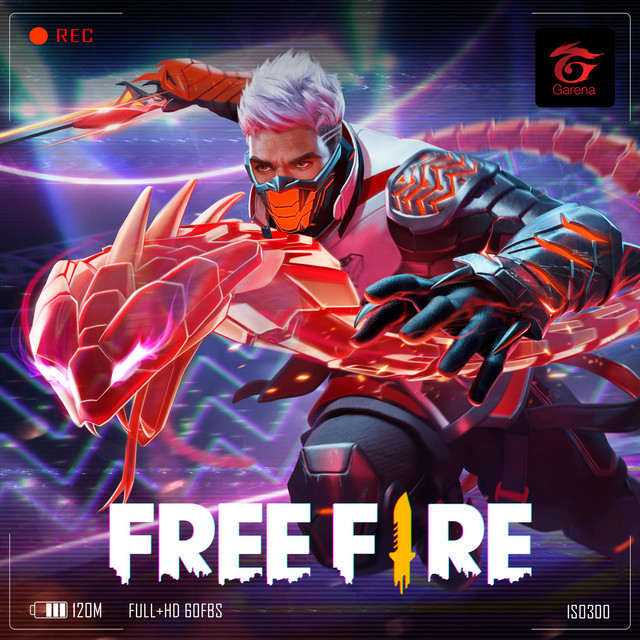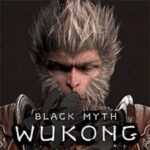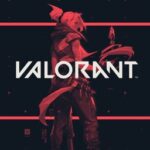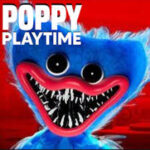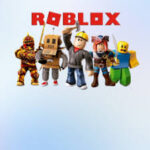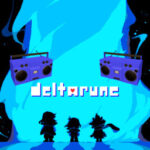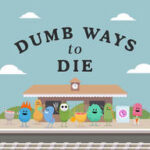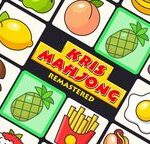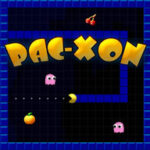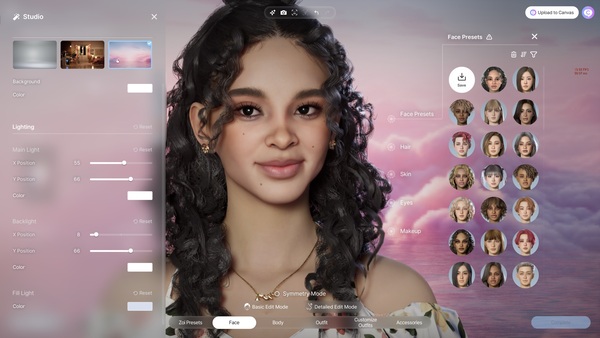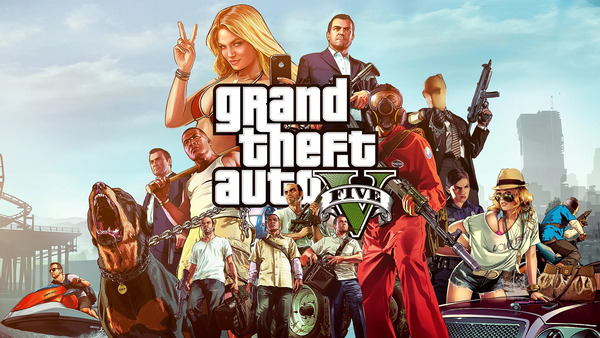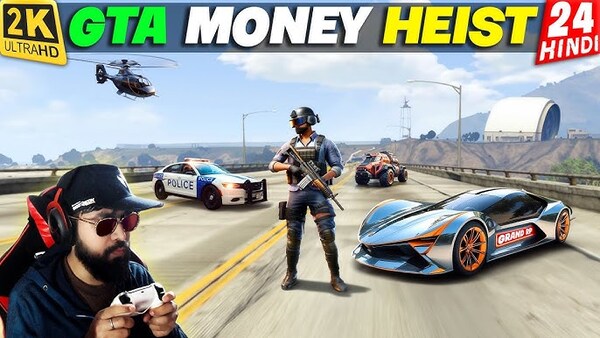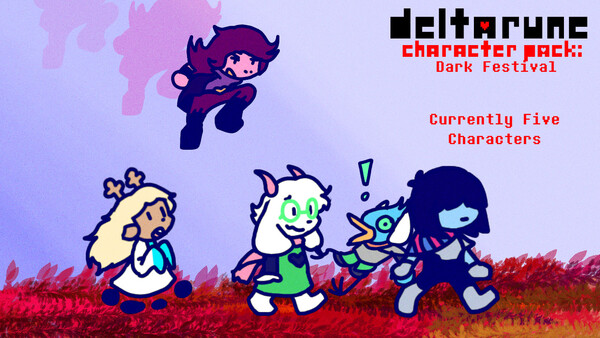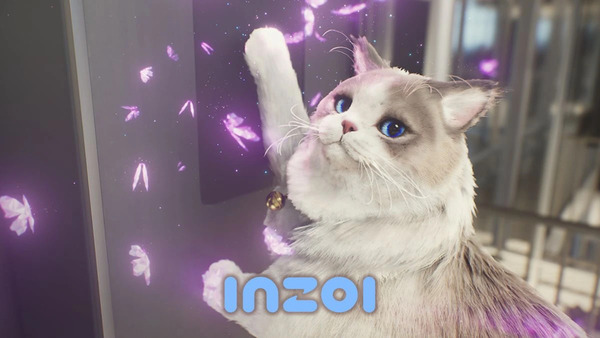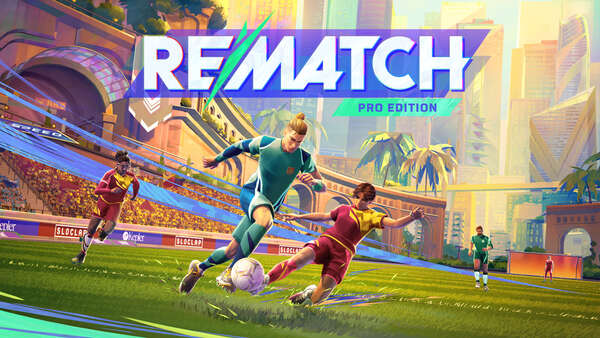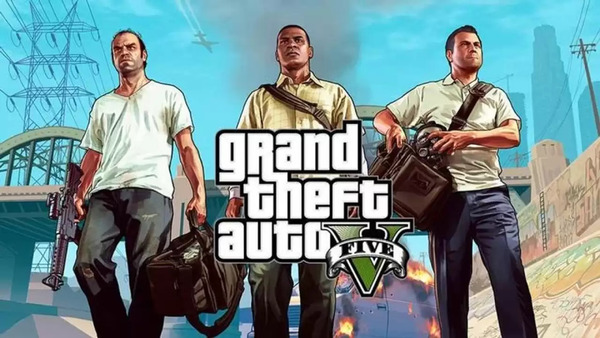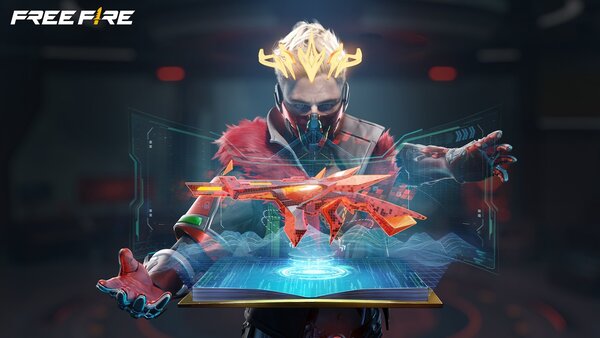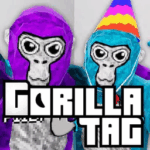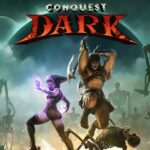Free Fire Introduction
Free Fire, developed by 111 Dots Studio and published by Garena, is a mobile battle royale game that has dominated global charts since its release in 2017. Built with accessibility in mind, Free Fire was designed to run on lower-end devices without sacrificing gameplay intensity. It brought the fast-paced thrill of battle royale games like PUBG and Fortnite to the palms of users in Southeast Asia, Latin America, India, and beyond.
Free Fire stands out with its compact 10-minute matches, diverse characters with unique skills, expansive cosmetics, and constant seasonal updates. From its humble beginnings to becoming one of the most downloaded mobile games in history, Free Fire has left a significant mark on mobile gaming culture.
This expert review traces Free Fire’s journey—from its origins to its global esports scene—breaking down gameplay systems, character mechanics, maps, monetization, community culture, and more.
1. The Origins of Free Fire: Building for the Mobile Masses
This game launched in December 2017 during the peak of the battle royale boom, offering a lightweight alternative to its heavier PC and console-based counterparts.
Development Vision
-
Created by 111 Dots Studio, a Vietnamese developer, and published by Garena.
-
Designed to run smoothly on low to mid-range smartphones.
-
Focused on 10-minute matches with up to 50 players to reduce device strain.
Early Challenges
-
Faced tough competition from games like PUBG Mobile and Knives Out.
-
Garena's aggressive marketing and region-specific strategies helped it gain traction, especially in emerging gaming markets.
By prioritizing optimization and accessibility, Free Fire quickly built a massive and loyal player base worldwide.
2. Gameplay Mechanics in Free Fire: Battle Royale With a Twist
While Free Fire follows the traditional battle royale blueprint, it incorporates unique systems that enhance replayability and accessibility.
Core Loop
-
Up to 50 players parachute onto one of several maps.
-
Players scavenge for weapons, equipment, and vehicles.
-
The safe zone shrinks over time, forcing combat encounters.
-
The last survivor or team standing wins.
Key Differences
-
Shorter match time (10 minutes) suits mobile gamers.
-
Aim assist and simplified recoil help balance competitive play across devices.
-
In-game loadout system allows players to customize grenades, gun skins, and gear before each match.
This pick-up-and-play structure makes Free Fire ideal for players with limited time or hardware resources.
3. Characters and Skills in Free Fire: Tactical Depth Beyond Guns
Free Fire introduces a character system that blends MOBA-style abilities with the battle royale format—setting it apart from its competitors.
Character System Overview
-
Over 50+ unique characters, each with their own active or passive ability.
-
Characters can be leveled up to enhance skill effectiveness.
Popular Characters
-
DJ Alok – Area-of-effect healing and speed boost.
-
K – Dual-mode energy recovery and EP-to-HP conversion.
-
Chrono – Force field with damage block (reworked).
-
Hayato – Increased armor penetration with lower HP.
Customization
-
Players can equip 4 passive skills from different characters in addition to one active skill.
-
Builds allow for strategic flexibility: rush, camp, support, sniper, or solo play.
This system adds a tactical layer that rewards strategic planning and knowledge of character synergies.
4. Maps and Modes in Free Fire: Constant Evolution in Battleground Design
Free Fire features multiple maps, each catering to different gameplay styles and strategies.
Main Maps
-
Bermuda: The default and most balanced map; urban and rural mix.
-
Kalahari: Desert terrain with vertical gameplay and sniper-friendly areas.
-
Alpine: Snow-themed map with mountainous obstacles.
-
Purgatory: Large open fields with small towns, ideal for long-range engagements.
Game Modes
-
Classic: Traditional battle royale format.
-
Clash Squad: 4v4 close-range mode with economy system (round-based).
-
Lone Wolf: 1v1/2v2 format in tight arenas.
-
Rampage, Zombie Invasion, Bomb Squad: Limited-time events that offer fun diversions.
Rotating game modes and maps ensure dynamic gameplay and reduce repetitiveness.
5. Free Fire: Weaponry, Loadouts, and Combat Mechanics
Free Fire offers a wide array of weapons and equipment, enhancing its competitive shooter mechanics.
Weapons Categories
-
Assault Rifles: Versatile (e.g., SCAR, XM8, Groza).
-
SMGs: Close-quarters dominance (e.g., MP40, Vector).
-
Snipers & DMRs: Long-range picks (e.g., AWM, M82B).
-
Shotguns: High-damage CQC (e.g., M1014, MAG-7).
-
Melee and Throwables: Katana, Grenades, Gloo Walls.
Custom Loadouts
-
Players can pre-equip gun skins, pet abilities, armor penetration modifiers, and backpacks.
-
Loadouts affect not just aesthetics but also gameplay stats (damage, reload speed, etc.).
This balance between tactical realism and arcade accessibility ensures that every fight feels unique and skill-based.
6. Free Fire: Ranked System and Player Progression
Free Fire supports a structured ranked ladder system, encouraging competitive play while rewarding consistency.
Rank Tiers
-
Bronze → Heroic → Grandmaster
-
Seasonal resets occur every 8–10 weeks.
-
Leaderboards display top 300 players globally and regionally.
Ranking Rewards
-
Players earn rank tokens, loot crates, and exclusive cosmetics.
-
Seasonal themes (e.g., FFCS, Rampage, OB updates) often tie into rank rewards.
The grind is real—but fair. The matchmaking system generally balances ranks to maintain competitive integrity.
7. Free Fire: Events, Crossovers, and Live-Service Model
Garena excels at keeping Free Fire fresh through frequent collaborations, global events, and rotating content.
Global Collaborations
-
Pop culture crossovers: Attack on Titan, One Punch Man, Street Fighter, Venom, Money Heist.
-
Celebrity tie-ins: Cristiano Ronaldo (Chrono), BTS, Anitta (A-Patroa).
Seasonal Events
-
Introduce limited-time game modes, exclusive skins, and login challenges.
-
Examples: Rampage series, BOOYAH! Day, Cobra update, K.O. Night.
This content cadence helps maintain long-term engagement and keeps Free Fire culturally relevant.
8. Free Fire: Monetization and In-Game Economy
As a free-to-play title, Free Fire features in-app purchases and gacha mechanics, primarily for cosmetics and characters.
Currency System
-
Gold: Earned in-game; used to buy basic characters and items.
-
Diamonds: Premium currency used for character bundles, elite passes, and weapon crates.
-
Guild Tokens, FF Tokens, Magic Cubes: Event currencies for skin redemption.
Monetization Mechanics
-
Elite Pass: Seasonal progression path with exclusive content.
-
Luck Royale: Gacha system for rare skins.
-
Bundles and Flash Sales: Limited-time offers that boost value.
While some skins offer minor advantages (like visibility), Free Fire remains relatively free-to-play friendly for core gameplay.
9. Free Fire: Esports and Competitive Scene
This game has established itself as a tier-1 mobile esport, especially in Asia and Latin America.
Competitive Ecosystem
-
Free Fire World Series (FFWS): Flagship global event with million-dollar prize pools.
-
Regional Leagues: FFPL (India), FFCS (SEA), FFAL (LATAM).
-
Community Tournaments: Sponsored by influencers and local organizers.
Viewer Appeal
-
Matches are short, explosive, and packed with action.
-
Character builds and Gloo Wall tactics offer unique competitive dynamics.
Free Fire’s esports footprint continues to grow, thanks to Garena’s grassroots and top-tier investments.
10. Final Rating
Final Verdict: 8.9/10
| Category | Score |
|---|---|
| Gameplay Mechanics | 9.0 |
| Character & Weapon Design | 9.2 |
| Accessibility | 9.5 |
| Monetization Fairness | 8.0 |
| Content Variety | 9.0 |
| Esports & Community | 8.8 |
This game is a true mobile battle royale juggernaut. It thrives where others falter—accessibility, content cadence, and regional relevance. While it has flaws in monetization and balance, its engaging mechanics, character system, and community-first model make it one of the most enjoyable mobile multiplayer experiences.
Whether you're a casual gamer or an aspiring esports pro, this game delivers chaos, competition, and character in every match.
